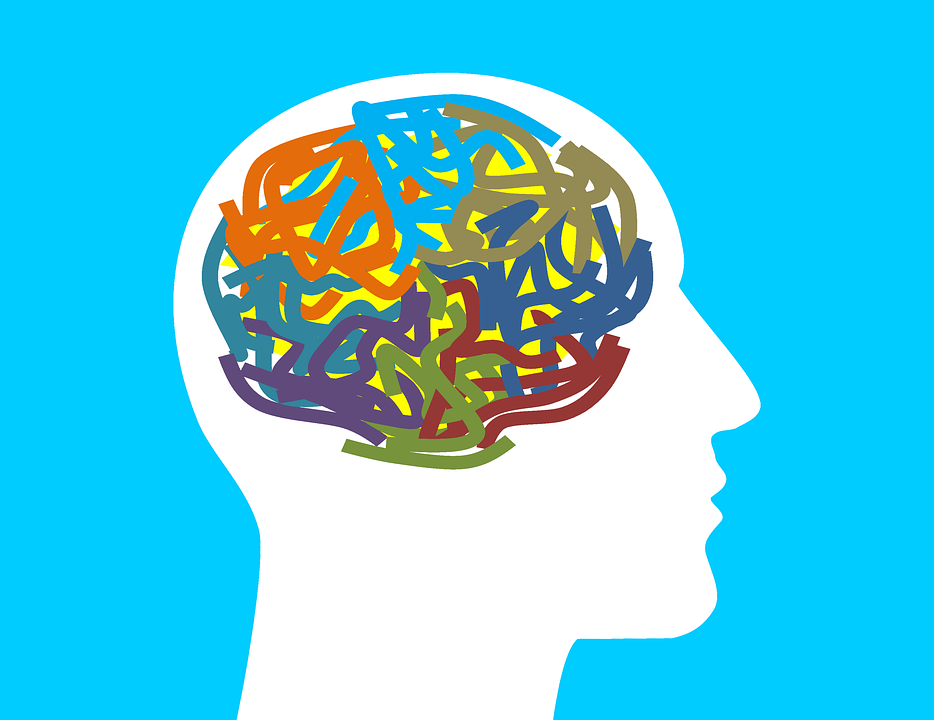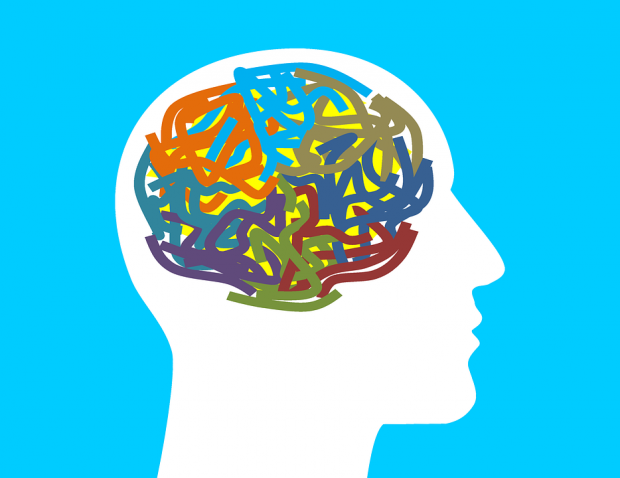
S. Korea: number of bipolar disorder patients grows fast
The number of South Koreans treated for bipolar disorder soared more than 20 percent between 2013 and 2017, data showed Thursday. According to the data from the National Health Insurance Service, 86,706 people were treated for bipolar disorder in 2017, up 21 percent from 71,687 four years earlier. The figure translates into an average annual growth rate of 4.9 percent over the five-year period. Formerly known as manic depression, bipolar disorder is characterized by alternate periods of depression and abnormally elevated mood.
According to the data based on treatments covered by the state health insurance system, the on-year increase was the highest among patients in their 70s or older — at 12.2 percent — followed by twenty-somethings with 8.3 percent and those in their 60s with 7.2 percent. The high growth rate for seniors was attributed to the deaths of loved ones or suffering from various diseases, with twenty-somethings receiving treatment mainly due to stress stemming from the pressure of landing a job. The number of female patients grew at an average annual rate of 4.8 percent to 50,798 in 2017, with that of male patients increasing 5 percent to 35,908.
Despite the sharp gain in the number of people treated for bipolar disorder, the prevalence of the mental disease stood at 2 to 3 percent, or less than 0.2 percent of South Korea’s population of 50 million. The cost of treatment for bipolar disorder totaled 104 billion won (US$92 million) in 2017, up 19.5 percent from 87 billion won in 2013, according to the data.
(Yonhap)



